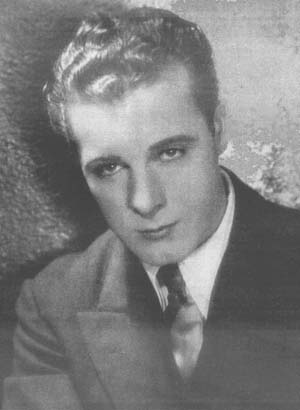 |
 |
James Murray
Born February 9, 1901 - Died July 11, 1936
|
James T. Murray was born in New York City, on February 9, 1901, the second of nine brothers and sisters (including a pair of twins who died in infancy) born to Christopher Murray and Mary Casserly Murray. Christopher ("Christy") emigrated to the USA in 1894 from a little town called Raharney, Killucan, County Westmeath in central Ireland, west of Dublin. One of several men (some of whom were family) from that town dubbing themselves �The Raharney Rovers�, Christy came to make his fortune in America at the age of 23. Here, he met Mary Casserly, another Irish immigrant. Although several of the Raharney Rovers eventually went back to Ireland after earning the money they sought working in the construction trade here in America, Christy and Mary stayed to raise their family. When James was nine, the Murray family moved to the Bronx and settled there for two more generations. That�s where I was born, in 1952. Christy and Mary�s firstborn was J. Christopher Murray, my grandfather. His younger brother James, whose short life is the subject of this page, made a mark in the world of motion pictures. Considered in his day to be one of the great natural acting talents of all time by such motion picture giants as Irving Thalberg and King Vidor, his career spanned only nine years and was finally cut short by his untimely and tragic death at the age of 35. James Murray was bitten by the acting bug while working as a doorman at the Capitol Theater on Broadway. In 1923, he went on to appear in the role of John Alden in a three reel short produced by Yale University, called The Pilgrims. He decided to head west and together, he and his younger brother Harry set out for the setting sun. Walking, hitch-hiking, and hopping freight rails, sometimes riding the rods under boxcars, they made their way west. They only got as far as Chicago before Harry decided to go back home, although Harry did eventually make it to Hollywood by working on a freighter headed for Los Angeles via the 10-year-old Panama Canal. Harry also found work in films. James made it to Hollywood working odd jobs along the way shoveling coal or washing dishes. He quickly found work as an "extra" until he was plucked from obscurity by King Vidor to star in Vidor's cinematic masterpiece, The Crowd. James didn't make it easy, though. King Vidor, fresh from the triumph of his last film "The Big Parade" and in favor with the studio, was looking for someone to portray the lead in his next film, originally titled, "One Of The Mob",later titled "The Crowd". One day, on the lot at MGM, someone brushed past him and he caught a glimpse of someone with just the right look, the exact look he needed for the lead role of "Johnny Sims". It was James. According to Vidor, he started to approach James, but James was leaving the lot adn was moving quickly. Vidor flagged him down and asked him his name. "Murray" was the reply. Vidor asked what he did at the studio. "Extra", another terse reply. This guy was clearly in a hurry. Vidor offered him his card and said "My name is Vidor. I'm a director here. Please come out tomorrow and see me. I may have some work for you." But, James never showed. In his autobiography, "A Tree Is A Tree", Vidor wrote: "I waited for three days but, my man failed to show up. By then, I had forgotten his name, so in desperation, I went to the casting office and looked at the long lists of extras who had worked on that day. When I finally came upon the name 'James Murray', I recognized the name I had been given so briefly on the street. I asked the studio to call Mr. Murray, but word came back that he was too busy!" "Well, it was certainly unusual for an actor to ignore a director. I asked the studio to call him and pay him a day's pay for the interview. This tactical move got results. Next day when Mr. Murray arrived at my office, I was curious as to why he hadn't shown up before" 'I didn't believe you' 'Didn't believe what?' 'Didn't believe you were a director or, if you were, that you were going to give me a job' 'Wasn't it worth a chance?' 'But bus fare to Culver City costs money' was the laconic reply. 'Can you act?', I asked. 'I don't know' 'Will you take a test?' 'If they pay me', he said." "I was now quite sure of my intincts about him so we paid Mr. Murray to take a test, an un-heard of procedure. When I showed the test to Irving Thalberg, we both agreed that James Murray, Hollywood extra, was one of the best natural actors we had ever had the good luck to encounter." His performance as "Johnny Sims" in The Crowd remains one of the single finest performances of the silent era. Nominated for two Academy Awards (the first year of the Academy Awards), The Crowd is generally acknowledged by film critics and historians to be one of the top one hundred films in the history of motion pictures. The Crowd was unusual and somewhat daring for its time in that it was not a �happy� or uplifting picture. Projecting a message of the futility of ambition, and undermining the �American Dream�, it was downright depressing at a time when the American public flocked to the movies for much needed weekly shot of sunshine. The critics loved it and the film was a moderate success but certainly not the smash hit it might have been. It was a masterpiece before its time. James appeared in thirty-four films including a leading role in �Rose-Marie� in 1927, opposite a very young Joan Crawford. Ironically, his last movie role was an uncredited bit part in the 1936 musical remake of Rose-Marie with Nelson Eddy and Jeanette MacDonald. As you will note below, James appeared with quite an impressive roster of talented and famous actors throughout his career including the great Lon Chaney, Clara Bow, Walter Brennan, Ward Bond, John Wayne, James Stewart, Loretta young, Shirley Temple, and even Rin Tin Tin. But, talent alone isn't enough and James continued to sabotage his career with alcohol. Considering his self destructive patterns, it's a wonder he enjoyed the success he did despite his best efforts to thwart it. He couldn't, or wouldn't, hold down a job, although after The Crowd, he was offered many fine roles including the leading role opposite Marian Davies in Vidor's next picture, Show People. In fact, he accepted the role but never bothered to show up for the shoot and Vidor had to replace him. Years later, he was offered the lead role in the Our Daily Bread, the sequel to The Crowd, on the condition that he get back in shape and stop drinking. He refused, rather rudely. One version of the episode suggested that he thought he was being given a handout and wouldn't accept charity, while another suggested that he simply had no intention of changing his lifestyle. No matter, really; both versions have him heading in the same direction. James' death was shrouded in mystery with a hint of scandal. Many people thought he committed suicide brought on by depression caused by his portrayal of Sims. Others, thought his addiction to alchohol brought about the depression. Still others speculated that he was simply a drunk who fell off a pier. Hollywood loves a mystery and a scandal. No matter which theory you subscribe to, here was both. The truth, while tragic, is less melodramatic and is revealed further below. One thing that cannot be argued is that James was an advanced alcoholic with a classic pattern of self-destructive behavior. If we knew in the nineteen twenties and thirties what we know now about alcoholism and depression, James might have lived a long and fruitful life. In fact, his brother Harry, who originally started out with James for Hollywood, and who found work in films as an extra and some small speaking parts, found steady work as a stand-in for John Gilbert. An alchoholic himself, Harry Murray managed to escape his brother's fate by embracing the principles of Alchoholics Anonymous. He went on to entertain in Vaudeville and then on Broadway as a member of a dancing troupe known as "The Debonaires". Until he retired in 1968, he was a producer for CBS Television City in New York, producing such shows as "To Tell The Truth" and "Password". Harry lived to the ripe age of 98, spending his last 27 tears as a volunteer at a local hospital in Carmel New York, beloved by all who knew him... all in all, a very fulfilled life. However, like a former day John Belushi, James Murray was a bundle of talent out of control and unable to overcome the demons of depression and substance abuse. Unlike Belushi, he did not self-destruct suddenly at the height of his fame and talent. Quite the opposite, in fact. He arrived on the scene with a flash at the top of the game and descended tortuously in a tragic downward spiral. Like a nova, he shone brightly and burned up quickly. We remember my Great Uncle James through his films, pictures, memorabilia, and stories told and retold by aunts and uncles who knew him. He was an interesting character. I wish I could have known him, but I was just born a little too late. ---- Lawrence Murray Jr. |




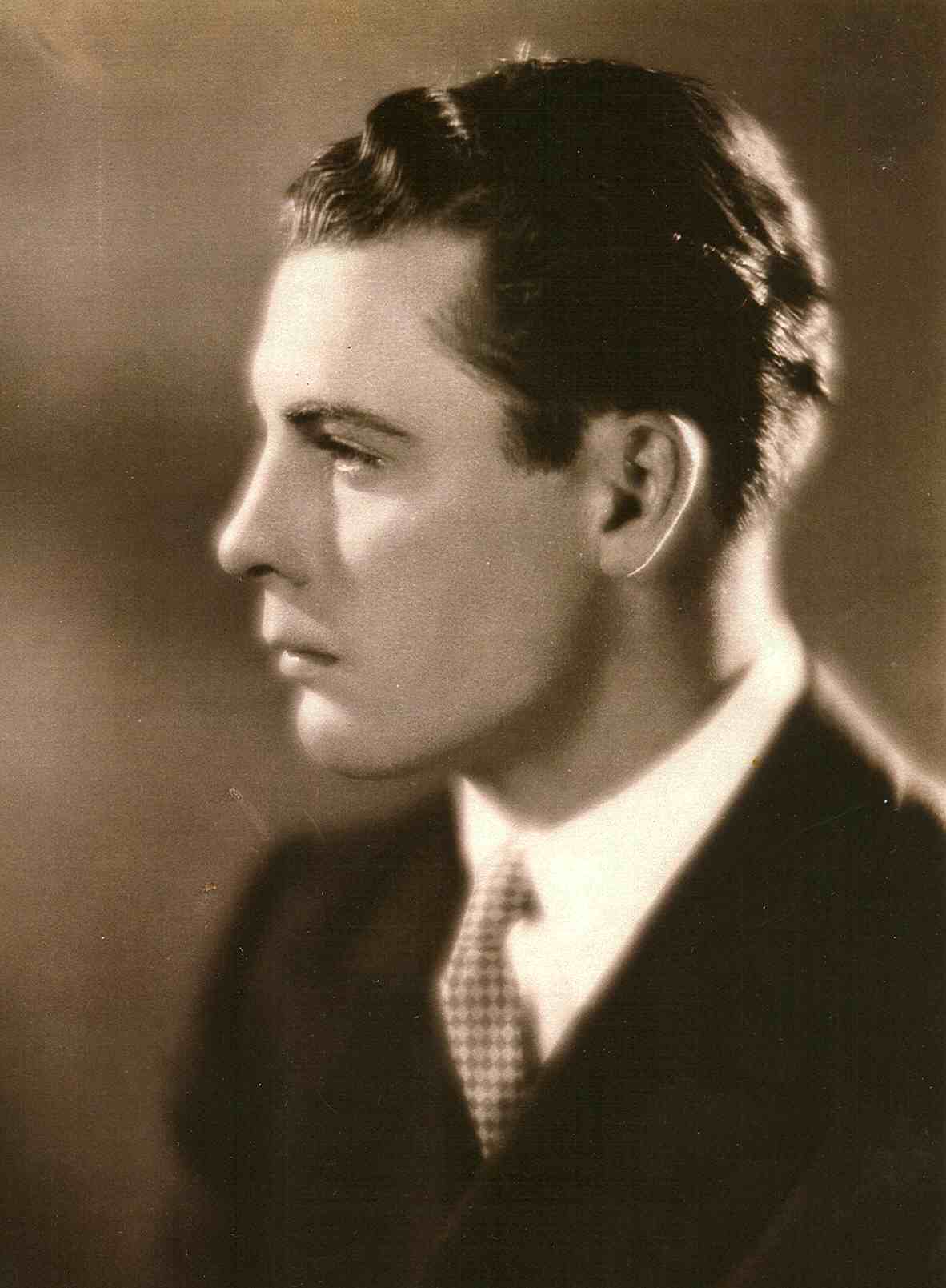 |
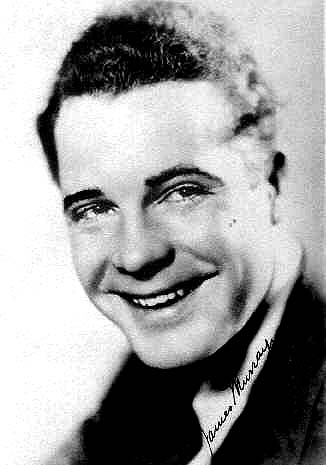 |




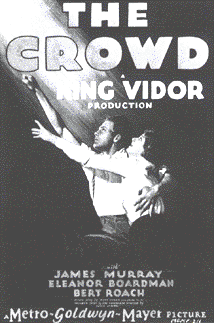 |





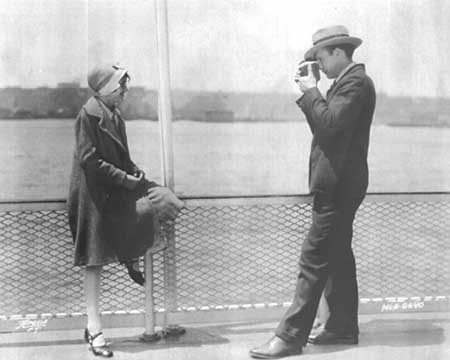




 Agnes Murray's Screen Debut! "A shooting was done for The Crowd in New York Harbor and James invited us, all very exciting, especially since we didn't even have to bring our own lunch. They served lunch on the boat. I thought I'd make my screen debut at that time as an "extra". I was in the rear of all the "goings on", looking with interest at all the actors, when King Vidor yelled at me through his megaphone - "Don't look at the camera! DON'T LOOK AT THE CAMERA!" I was so embarrassed, I slunk away and went back to my parents. Filming took all day, but I was in the picture maybe not ten minutes." --- Agnes Murray McClory |















|
|





 |




 In his quest for authenticity, Vidor insisted on real locations whenever possible, stating, "For scenes of the sidewalks of New York, we designed a pushcart perambulator carrying what appeared to be inoffensive packing boxes. Inside the hollowed-out boxes there was room for one small-sized cameraman and one silent camera. We pushed this contraption from the Bowery to Times Square and no one ever detected our subterfuge." |




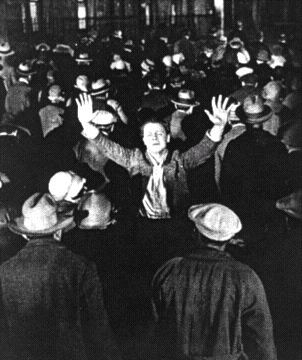
The crowd swells up like a tidal wave and washes over John (James Murray);
just a grain of sand, in King Vidor's masterpiece, "The Crowd" (MGM, 1928).








 King Vidor filmed many scenes of THE CROWD in New York City streets using real crowds instead of extras, real buses and trains, and even real traffic cops. In one scene, a police officer is looking toward the camera, admonishing someone to "move along". In fact, he was actually addressing Vidor and his disguised film crew. Vidor cleverly incorporated it into the scene! |




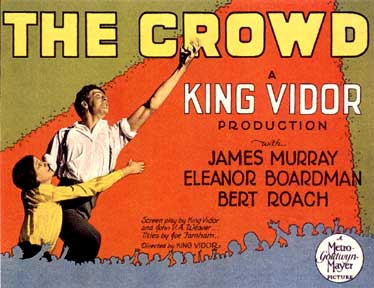 |




|
THE CROWD was the first American movie to show a toilet, causing quite a scandal in 1928, since it was considered coarse, at the time, to acknowledge that the characters had real physical necessities. To make matters worse, in The Crowd, Johnny and Mary's toilet stops working! |




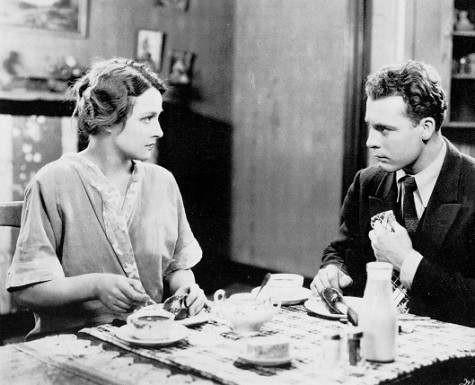




 THE CROWD was such a depressing movie and James Murray threw himself so deeply into the part, it was thought by some that his own depression was a residual effect of the experience. King Vidor was so haunted by Murray's tragic downward spiral and early demise that he wrote a screenplay based on Murray's life titled, THE ACTOR. In 1979 at the age of 85, Vidor attempted to raise money to make a movie based on that screenplay. Vidor died in 1982 and the movie was never made. |




 |
|
King Vidor recounts in his autobiography that he received a letter from one of James� friends, who was with him at the time of his death, relating the events. He said that according to the letter, James and a few cronies were hanging out by the Hudson River on New York's west side. They convinced a bunch of tourists and onlookers that they were shooting a picture for MGM, that James was an MGM star (which he had been) and that they were waiting for the camera crew and director to show up. They told the onlookers that they had left their money in their clothes back at the studio and asked if some of the people standing by could front them $20 or so for drinks, they�d pay them back as soon as the production crew arrived. One or more of the crowd obliged and they bought some liquor and were passing it around and they got drunk. Of course the film crew never arrived. In the meantime, James was clowning around trying to amuse the people with some slapstick humor. He pretended to slip and fall in the river and everyone laughed. But, after awhile, when he didn�t return, they went over and looked, to find him floating face down in the river. When they pulled him out, he was drowned. That was July 11, 1936. When James� body was recovered from the river, the police found a wallet in his coat and the only piece of identification was a business card for J. Christopher Murray, Attorney At Law (James� brother). The police mistakenly assumed that the body was that of Christopher and called his home. Christopher�s daughter Patricia was at home that day and she recounts the events. �I took the call and gave the phone to my mother. The call was confusing because as far as we knew, Papa wasn�t supposed to be in New York at the time. After speaking with the police for a few tense minutes, Mom realized their mistake and told the police whom they had. Papa (Christopher) was out of town for a few days and my mother said she�d contact him. He was up at our summer house in Penn Yan [a small town on the shore of Lake Keuka in the upstate New York resort area known as the Finger Lakes-LM] for a few days and was not easy to reach. There was no phone at the house back then, so Mom called someone in town and they sent someone out to see Papa to tell him what had happened. He rushed back to New York to attend Uncle James' funeral.� Harry Murray, James' yonger brother, made the arrangements for the funeral. James was buried in the family plot at Calgary Cemetary in Queens. It was not a happy year for the Murray family. James' father, Christy, had passed away on January 31st of that same year. Sadly, although buried next to his father and mother, James' name was never added to the headstone. ---- Lawrence Murray Jr. |




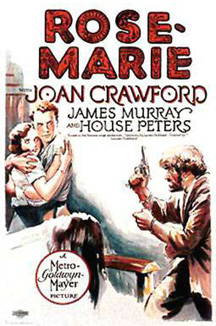 |




 |




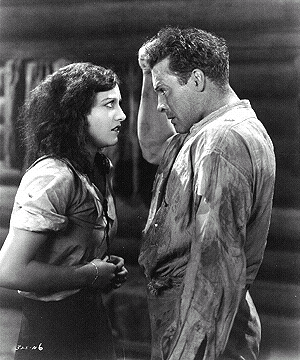
Jim (James Murray) is a trapper wanted for murder
and Rose-Marie (Joan Crawford) is the belle of the trading post
in "Rose-Marie" (MGM, 1928)




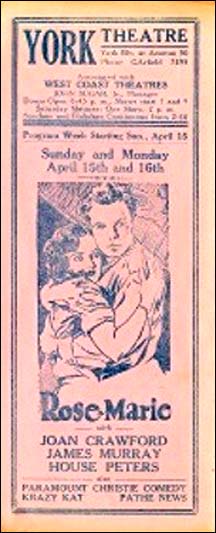 |
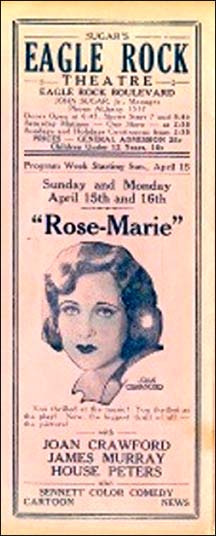 |




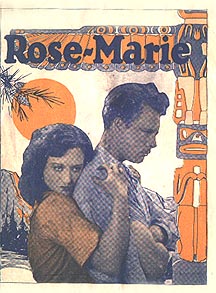 |
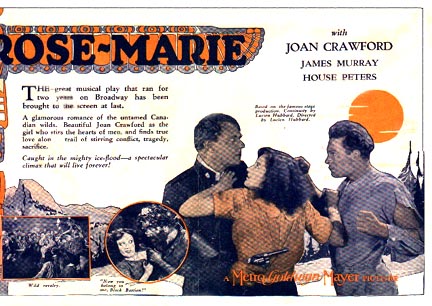 |




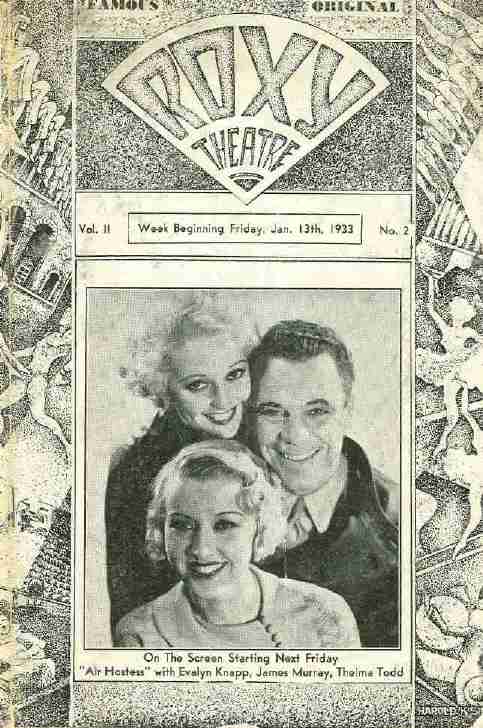
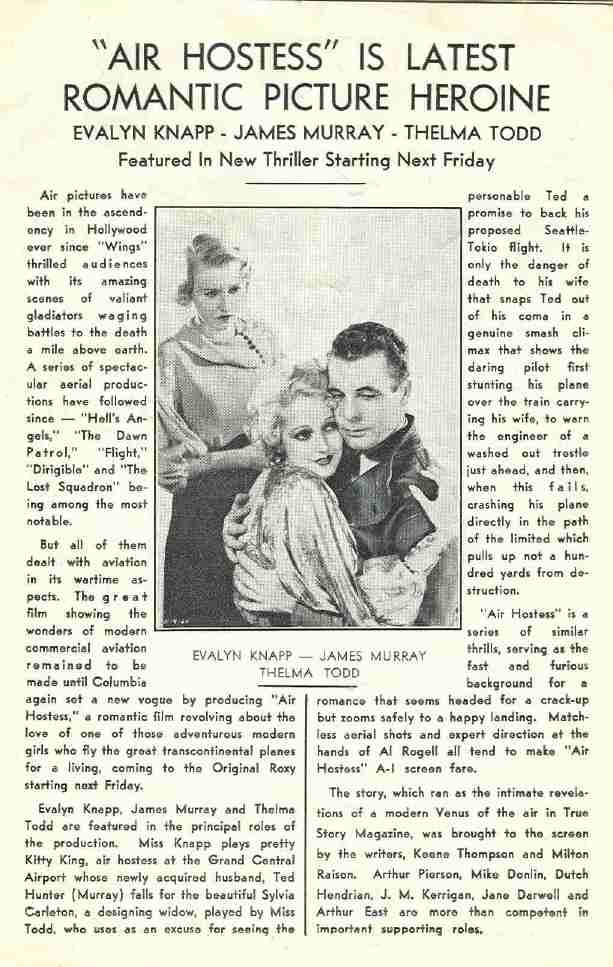




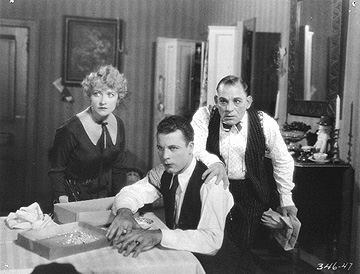
Betty Compson, James Murray and Lon Chaney;
from the lost film THE BIG CITY (M-G-M, 1928).




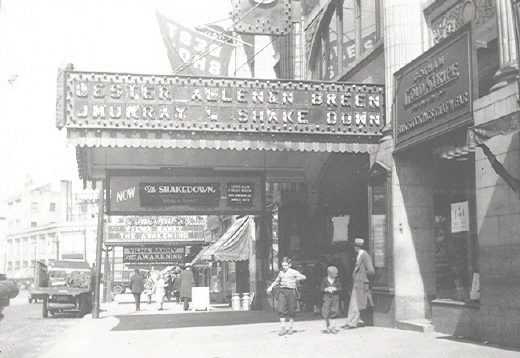




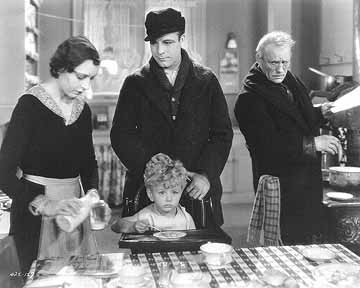
James Murray with Wally Albright Jr., Frances Morris and Lon Chaney
From the lost film "Thunder" (MGM, 1929).




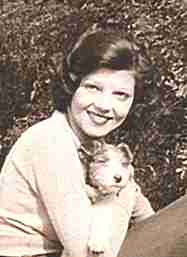 |
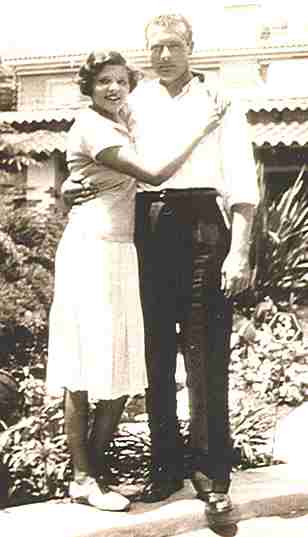
James and Marion, February 1930
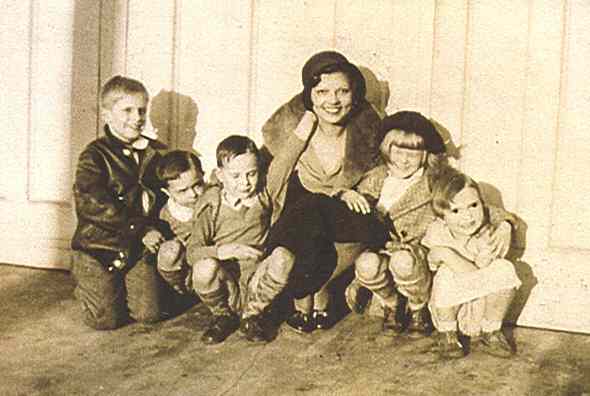
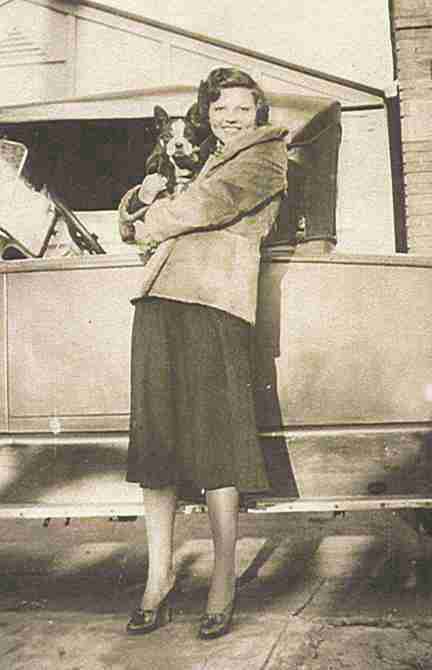 |
Marion in front of 202nd St., The Bronx in 1932
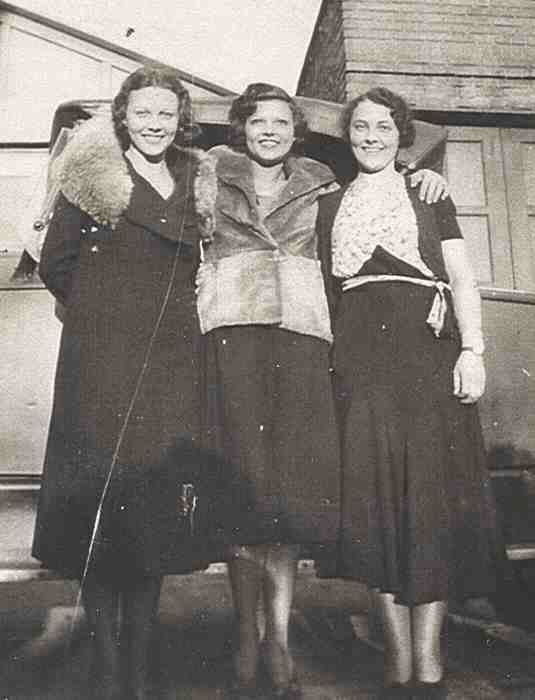




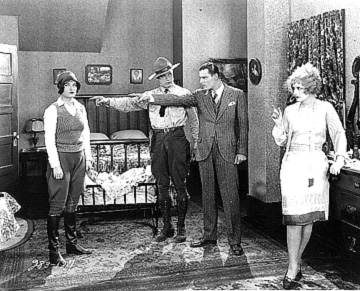
Joan Crawford, James Murray, Jerry Miley,
and Carmel Myers from the adventure-melodrama
UNDERSTANDING HEART (M-G-M, 1927).




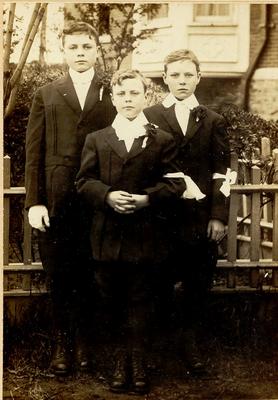




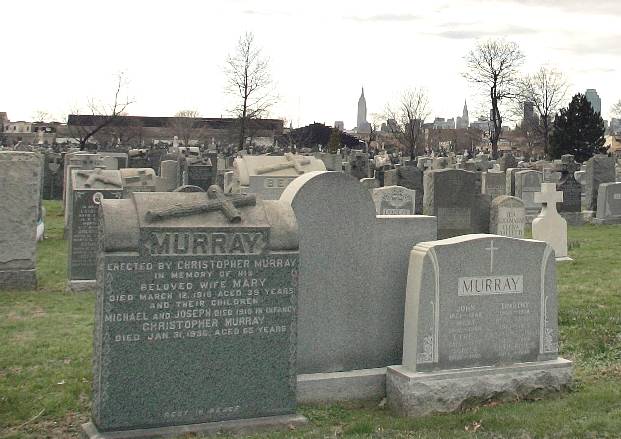




|
1. Rose-Marie (1936) (uncredited) .... Bit part ... aka Indian Love Call (1936) 2. Skull and Crown (1935) .... Matt Brent 3. Ship Cafe (1935) (uncredited) .... Gerald 4. Informer, The (1935) (uncredited) .... Bit 5. Drunkard, The (1935) .... Edward Middleton 6. Twenty Dollars a Week (1935) ... aka Man Maker, The (1935) (UK) 7. Now I'll Tell (1934) (uncredited) .... Bit ... aka Now I'll Tell You (1934) ... aka When New York Sleeps (1934) (UK) 8. Havana Widows (1933) (uncredited) .... Bank Teller 9. Baby Face (1933) (uncredited) .... Brakeman 10. Heroes for Sale (1933) .... Blind Man ... aka Breadline (1933) (USA) 11. Central Airport (1933) .... Eddie Hughes 12. High Gear* (1933) .... Marc 'High Gear' Sherrod 13. Air Hostess (1933) .... Ted Hunter 14. Frisco Jenny (1932) .... Dan McAllister 15. Bachelor Mother (1932) .... Joe Bigelow 16. Alaska Love (1932) 17. Reckoning, The (1932) .... Terry 18. In Line of Duty (1931) .... Cpl. Sherwood 19. Trapped (1931/I) 20. Hold 'er Sheriff* (1931) 21. Kick In (1931) .... Benny LaMarr 22. Bright Lights (1930) .... Connie Lamont ... aka Adventures in Africa (1930) 23. Hide-Out (1930) .... Jimmy Dorgan 24. Rampant Age, The (1930) .... Sandy Bennson 25. Shanghai Lady (1929) .... 'Badlands' McKinney ... aka Girl from China (1929) (UK) 26. Thunder (1929) .... Tommy 27. Shakedown, The (1929) .... Dave Roberts 28. Little Wildcat, The (1928) .... Conrad Burton 29. Big City, The (1928) .... Curly 30. Crowd, The (1928) .... John 'Johnny' Sims 31. Rose-Marie (1928) .... Jim Kenyon 32. Understanding Heart (1927) .... Forest Ranger 32. Lovelorn, The (1927) .... Charlie 33. In Old Kentucky (1927) .... Jimmy Brierly 34. Pilgrims, The (1924) .... John Alden *Appeared with Marion Sayers (Murray) |
Actors With Whom James Murray Has Appeared In Films Gertrude Astor Noah Beery Joan Blondell Eleanor Boardman Ward Bond Clara Bow Walter Brennan Louis Calhern Lon Chaney Betty Compson Lou Costello Joan Crawford Nelson Eddy Alice Faye William Frawley Stepin Fetchit Frances MacDonald Jeanette MacDonald Victor McLaglen J. Carroll Naish David Niven Reginald Owen Marion Sayers* Barbara Stanwyck James Stewart Lyle Talbot Shirley Temple Rin Tin Tin Thelma Todd Regis Toomey Spencer Tracy John Wayne Loretta Young *Married to James at the time of his death. |













